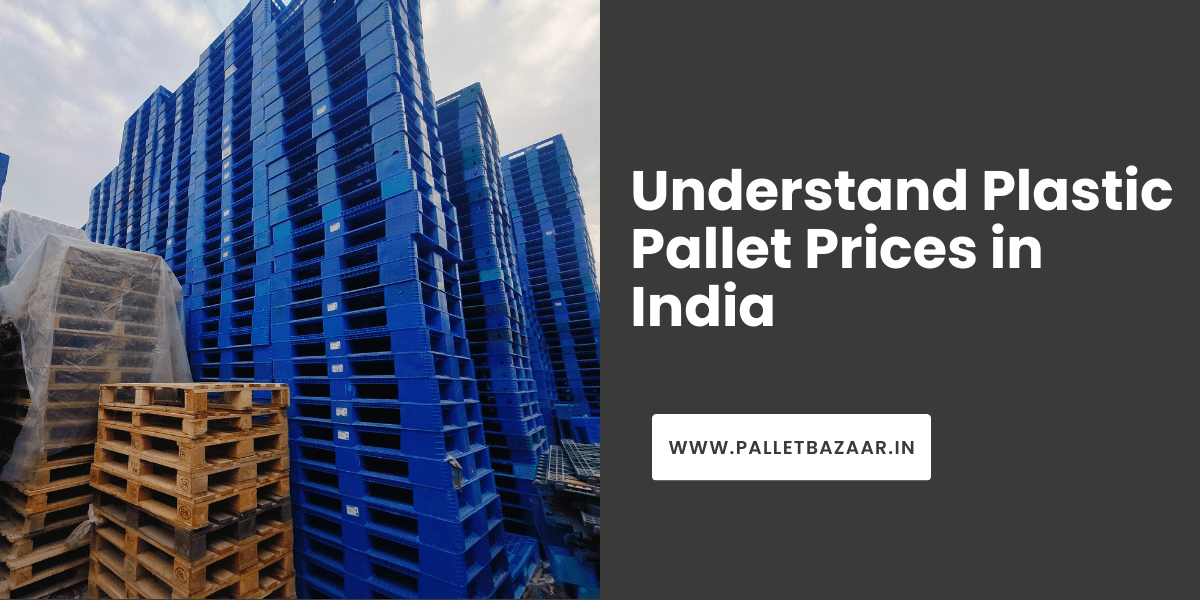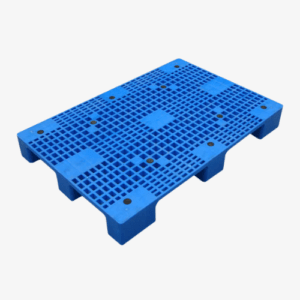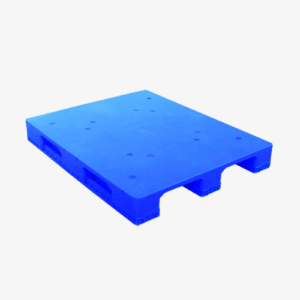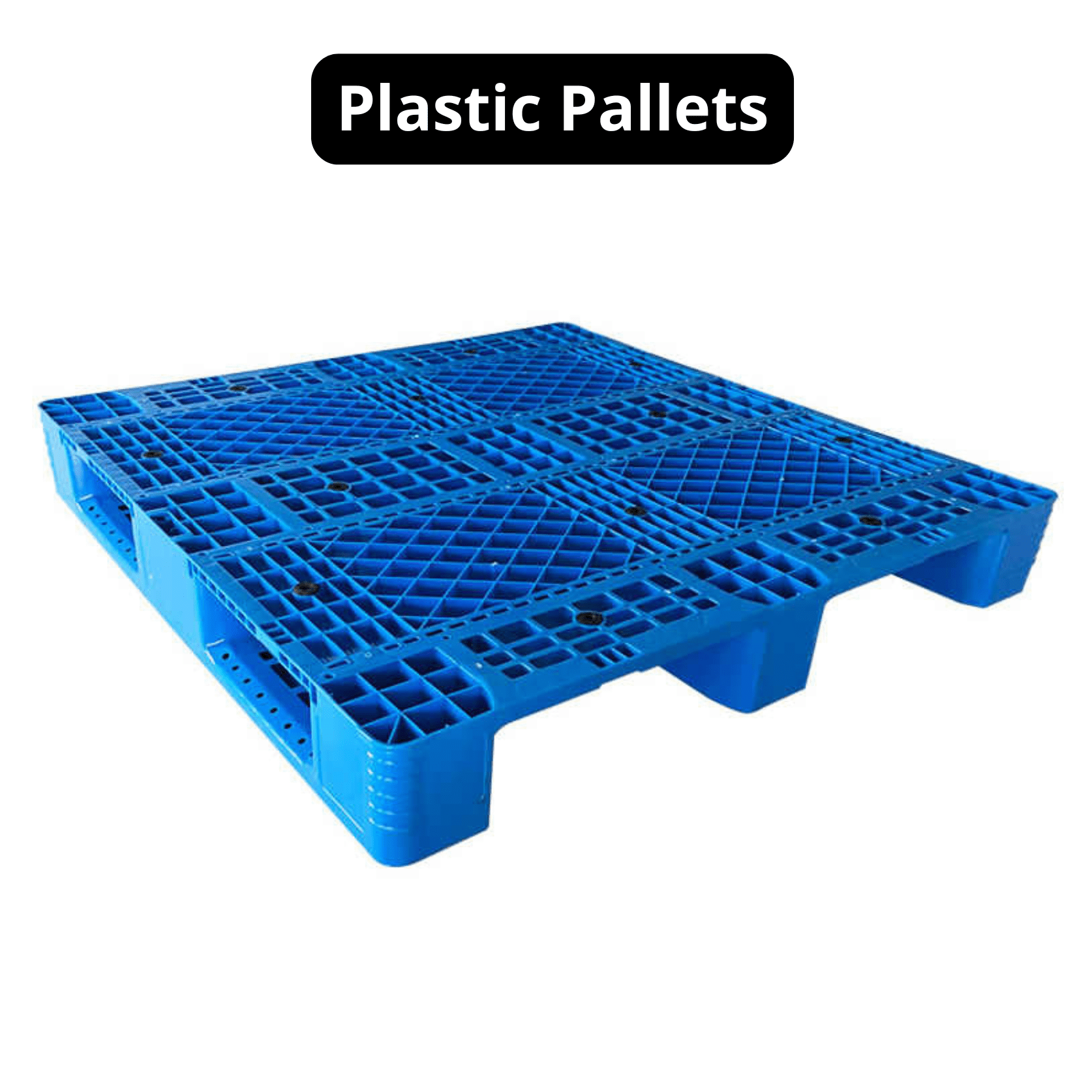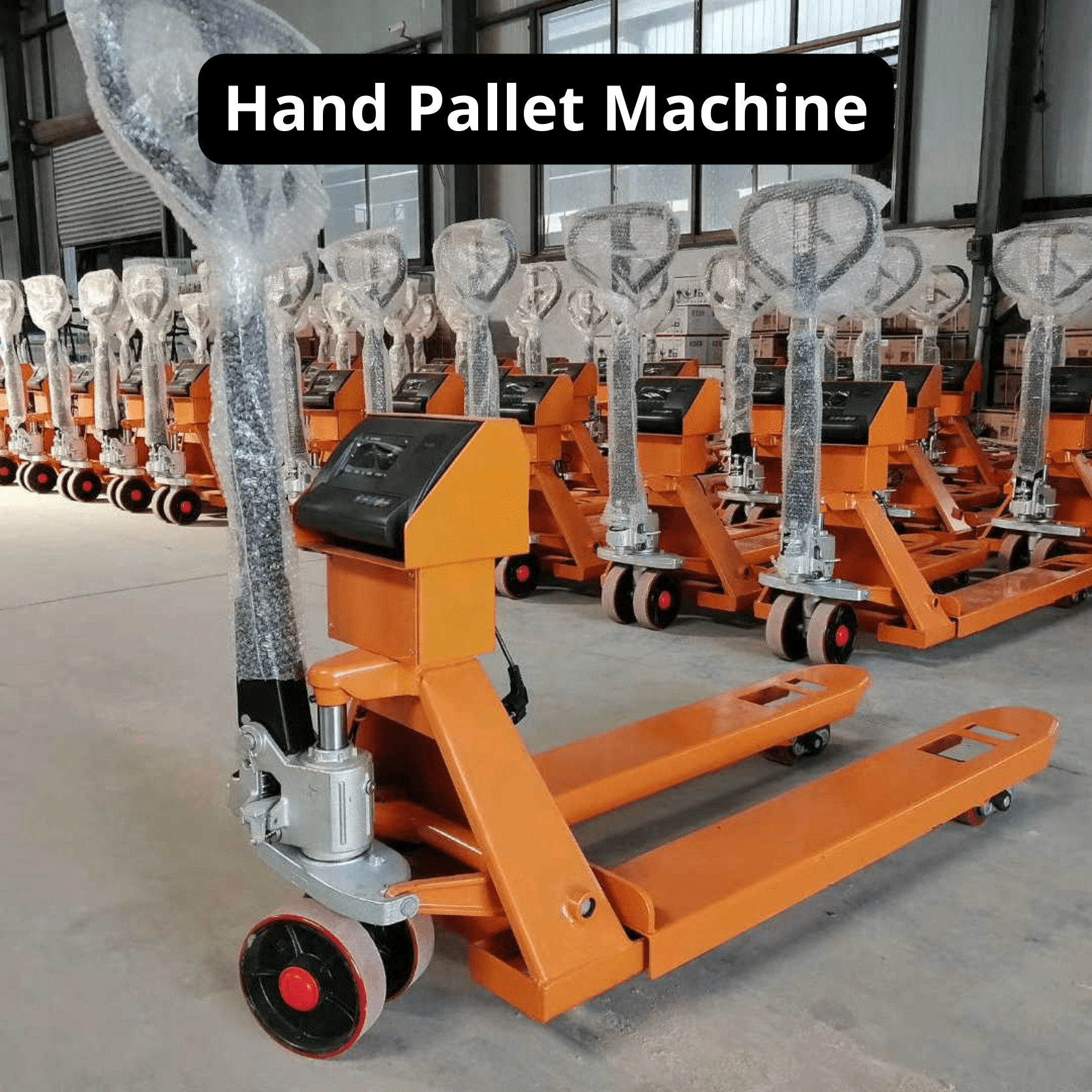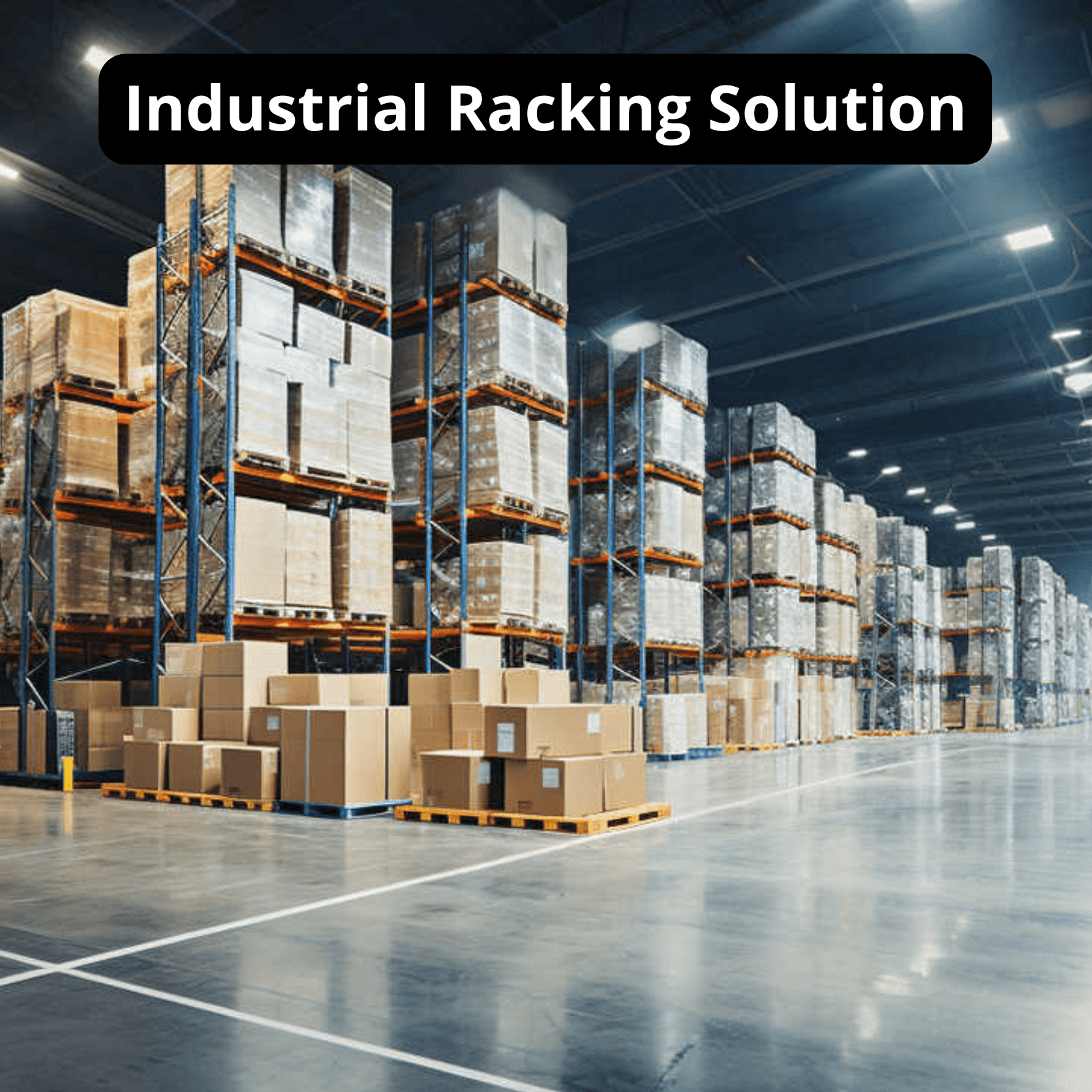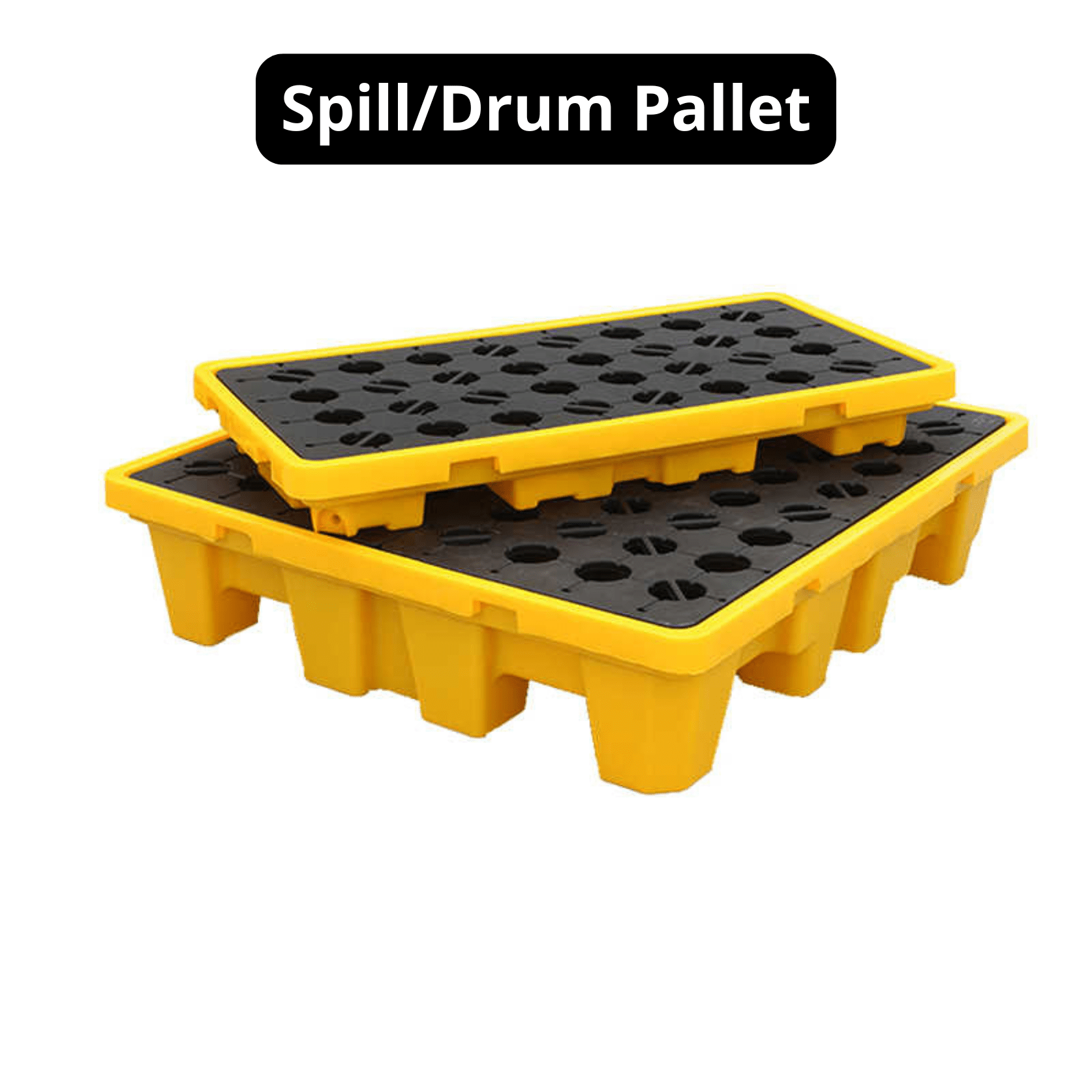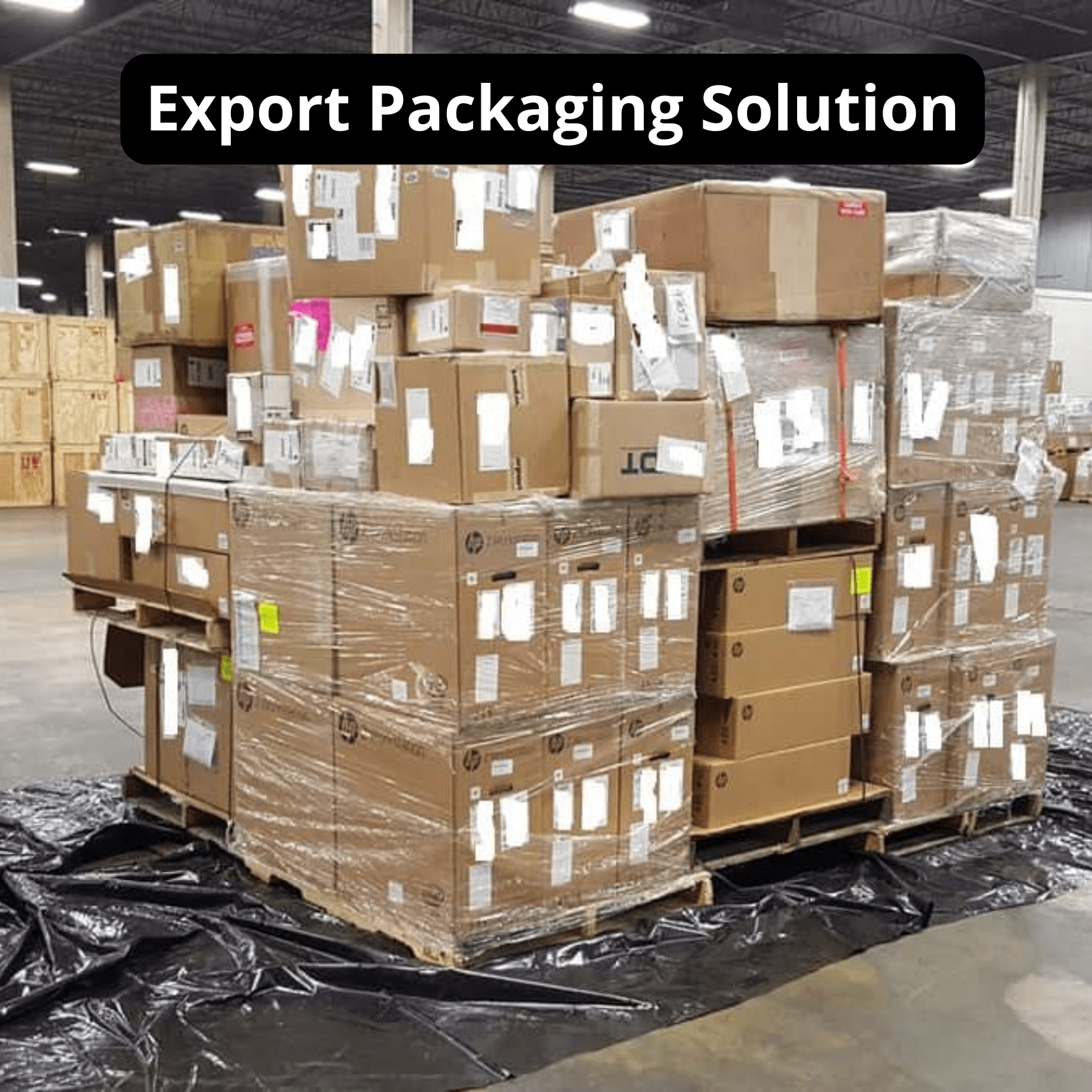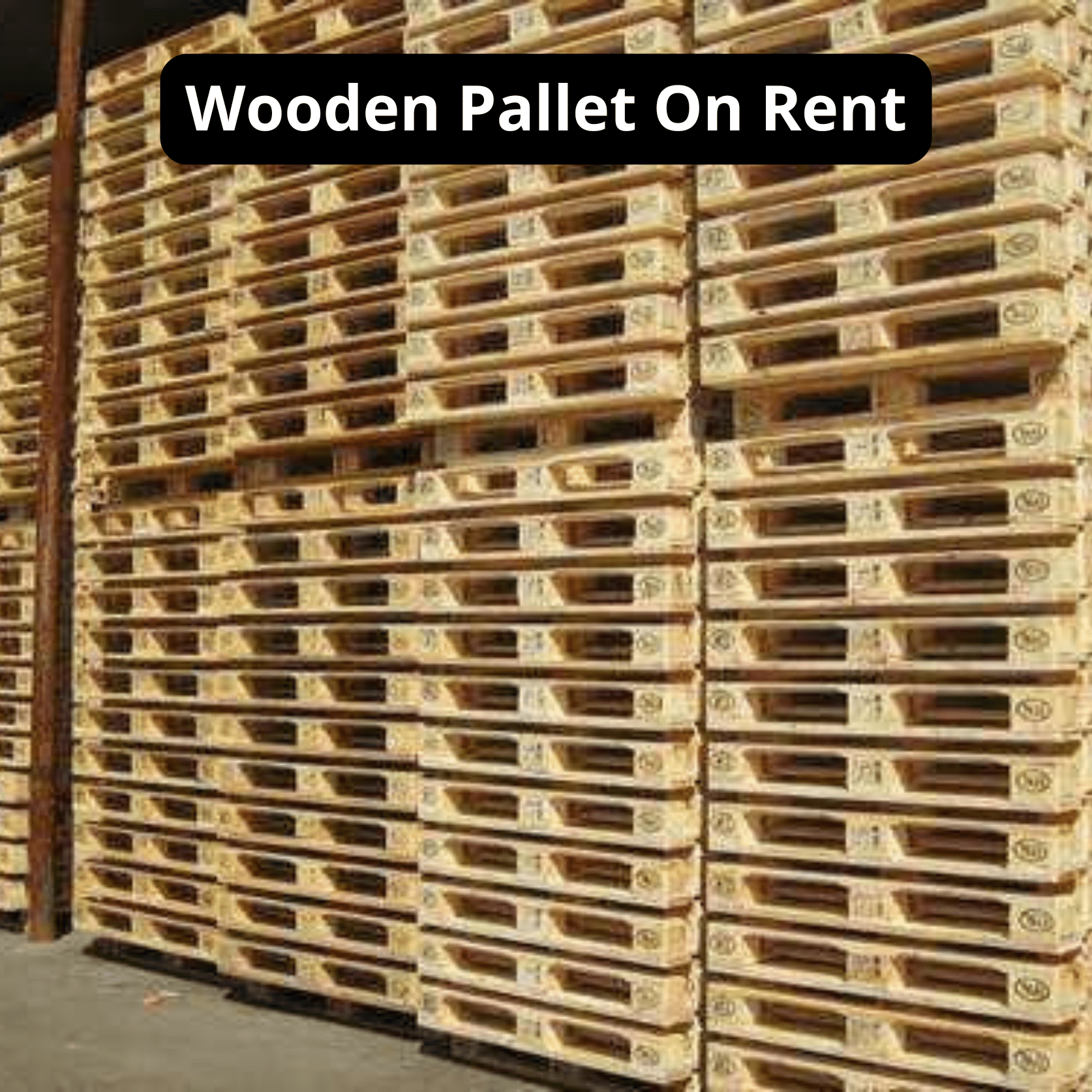When you think about logistics, warehousing, or just about any industry that involves moving goods, pallets are often a crucial part of the conversation. In India, where the logistics sector is booming, plastic pallets have become a preferred choice for many businesses. But when it comes to understanding the prices of these plastic pallets, things can get a bit tricky. Let’s break it down and help you navigate this complex topic.
Why Plastic Pallets Are Gaining Popularity
Plastic pallets are those sturdy, flat platforms you see carrying loads of goods in warehouses, during shipping, or even at supermarkets. Traditionally, pallets were made of wood, but plastic pallets have started taking over for several reasons. They’re more durable, resistant to pests, don’t splinter, and are much easier to clean. For industries like food and pharmaceuticals, where hygiene is a big deal, plastic pallets are almost a no-brainer.
Types of Plastic Pallets You’ll Find in India
Not all plastic pallets so the plastic pallet prices are not the same. Depending on what you need them for, there are different types to choose from:
- Hygienic Pallets: Ideal for environments where cleanliness is crucial, like in food processing or medical supplies.
- Rackable Pallets: These are strong and stable, designed to sit on racks in warehouses without bending.
- Nestable Pallets: Great for saving space when not in use because they stack into each other.
- Export Pallets: Lightweight and often used for one-way trips, especially in international shipping.
- Heavy-Duty Pallets: These can handle really heavy loads, making them perfect for industrial use.
- Lightweight Pallets: Easy to handle and often used where weight is a concern, like in air freight.
Each type has its own price range, influenced by what they’re made of, how they’re made, and what they’re designed to do.
Several factors influence for plastic pallets price in India
Material Composition: The type of plastic used—like HDPE (High-Density Polyethylene), PP (Polypropylene), or recycled plastic—can significantly affect the price. HDPE is common because it’s strong and relatively affordable, but more specialized plastics like PP might cost more because they offer better resistance to impact and chemicals.
Manufacturing Process: How the pallet is made plays a big role in the price. There are two main methods: injection molding and blow molding. Injection molding is more precise and allows for complex designs, but it’s also more expensive. Blow molding is cheaper but less flexible in design.
Size and Design: The size of the pallet matters. Standard sizes like 1200×1000 mm are common, but if you need a custom size, expect to pay more. The design also influences the cost—pallets with special features, like reinforced edges or specific forklift slots, will be pricier.
Load Capacity: The more weight a pallet can handle, the more it typically costs. Pallets built to carry heavier loads use more material and stronger construction methods, which drives up the price.
Durability: A durable pallet might cost more upfront, but it can save money in the long run because it won’t need to be replaced as often. It’s a bit like buying a high-quality pair of shoes—more expensive, but worth it over time.
Brand Reputation: Just like with any product, the brand matters. Well-known brands might charge more, but they often offer better quality, customer support, and warranties. On the flip side, local or lesser-known brands might be cheaper but could come with compromises in quality.
Market and Regional Factors
plastic pallet prices aren’t just about the product itself. The broader market and where you’re buying from also play a role:
Demand and Supply: When there’s high demand—like during festive seasons or due to supply chain disruptions—prices might go up. Conversely, more competition among manufacturers can drive prices down.
Geography: Where you are in India can affect the price. Pallets made near major industrial hubs like Gujarat or Maharashtra might be cheaper because of lower transportation costs. If you’re in a more remote area, expect to pay more for shipping.
Tips for Buying Plastic Pallets in India
Before you dive into buying plastic pallets, here are a few tips to Understant how to determine plastic pallet prices to make sure you’re getting the best deal:
Know Your Needs: Make sure you understand what you need in terms of size, load capacity, and durability before making a purchase. It’s easier to compare prices when you know exactly what you’re looking for.
Negotiate: Don’t be shy about negotiating prices, especially if you’re buying in bulk. Suppliers are often willing to offer discounts for larger orders.
Consider Bulk Purchasing: Buying in large quantities can reduce the cost per pallet. Plus, long-term contracts with suppliers might lock in prices and ensure you always have a steady supply.
Looking Ahead: What’s Next for Plastic Pallet Prices?
The future of plastic pallet pricing in India is influenced by several factors:
Raw Material Costs: Prices of raw materials like petroleum products, which are used in making plastics, are volatile. Any changes here will directly affect pallet prices.
Technological Innovations: Advances in manufacturing, like the use of biodegradable plastics or automation, might bring down costs or introduce new, more affordable options.
Regulations: Environmental laws could impact the cost of traditional plastic pallets, pushing businesses to adopt more sustainable, but possibly more expensive, alternatives.

